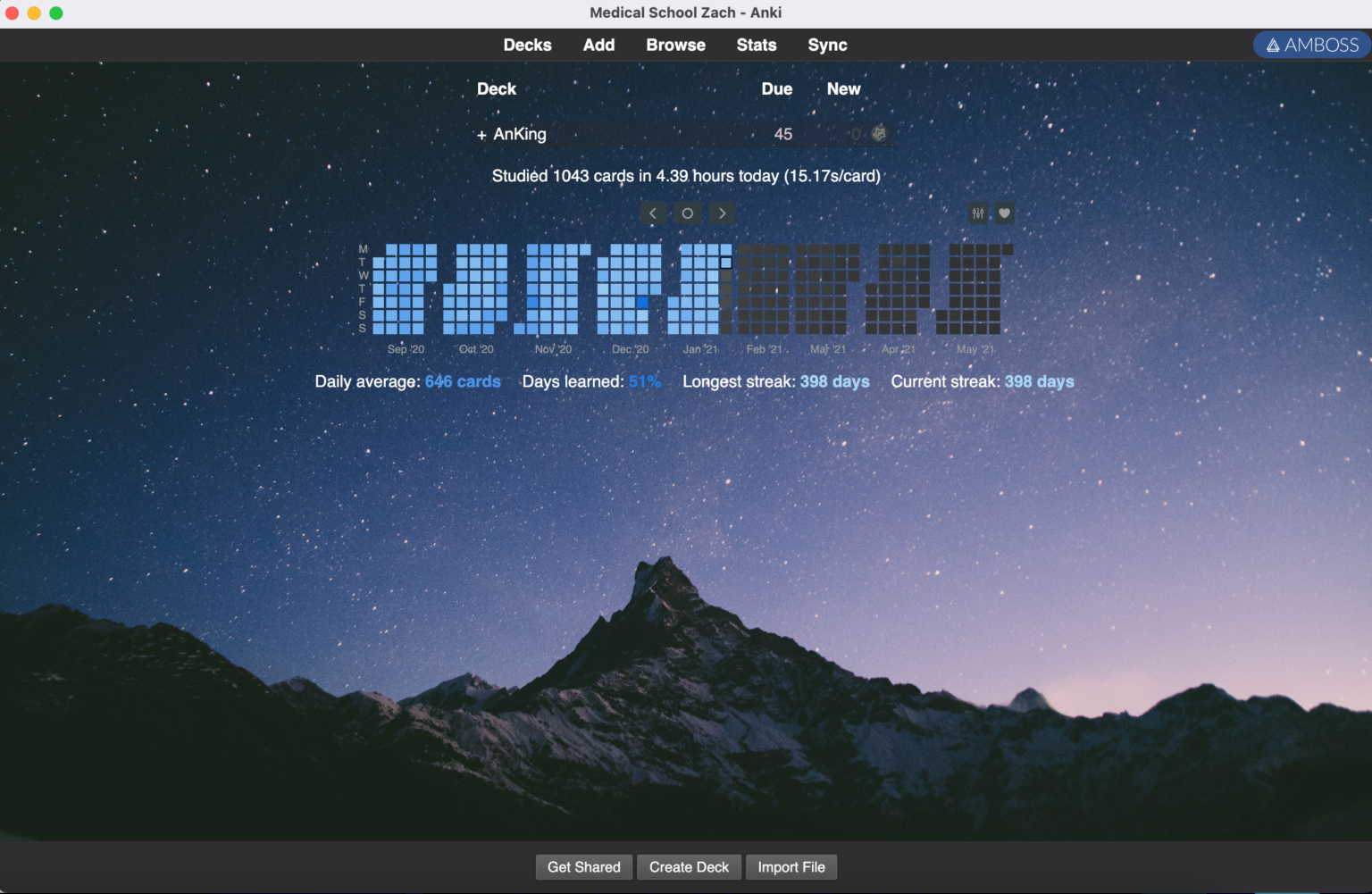

Increasing/decreasing the number of additional reviews after lapses.Increasing/decreasing the number of reviews for initial learning of new cards.The biggest one is that it's not at all clear how the following variables impact retention of cards: I alluded to this earlier, but there are things that these simulations don't account for. And studying for significantly less than a year doesn't make sense for seriously learning a language. If your cards grow older than a year, it's not totally clear to me how much you're really getting out of them-at least in the context of language learning. Doing it for fewer days or more days does impact the results some, but basing things on one year seems reasonable to me. Length of the Simulationįor all the simulations in this post, I use a simulated time of 365 days (one year). new cards take almost no time) it doesn't appear that the ratio impacted the graphs significantly. Moreover, except at bizarre extremes (e.g. These seem like reasonable numbers to me. And each individual review after that takes 20 seconds. The assumption I've used is that creating a new card and doing the initial reviews to learn it take a combined time of 120 seconds (or two minutes). Knowing their absolute magnitudes is unnecessary for calculating optimal efficiency, although it may still be interesting. However, for the graphs the only thing that actually matters is the ratio between these two items. How much time they spend creating and learning a new card.There are two properties of the simulated user that affect the simulation: My reasoning for this is that it's not clear what effect all of the settings have on retention etc., so sticking to the defaults gives us some reasonable confidence that the formulas for the interval modifier will apply with some accuracy. Other than that, it's all Anki defaults (except where noted in the variations). For the curious, the way to calculate that is 1.0 / sqrt(N), where N is how much your interval is multiplied on success (4.0 in the example I just gave). So, for example, if getting a card right increases the interval 4x, then lapsing will halve the interval, because halving something twice results in 1/4 the size, reversing the 4x.

What I've come up with-and this is totally just hand-waving "this seems reasonable" territory-is to configure it so that lapsing twice will reverse a single success. Alternatively, if you're only growing by 1.1x, then 75% drops you back too far. If your interval grows by, for example, 10x every time you get it right, then dropping it to 75% seems like it doesn't go far enough. Matt vs Japan uses 75% as his default, but that also seems not optimal.

The Anki default is to reset the interval to zero, but that seems like a flagrantly bad choice to me: if you already successfully remembered it just one interval prior, there's no reason to drop you back to square one. The only exception is the lapse "new interval" setting, which determines how much a card's interval is reduced when you lapse on it. I'll actually cover a few variations in the results, but the simulation's assumption about Anki settings is that you are pretty much using the defaults (aside from the Interval Modifier, of course). Assumptions and Limitationsīefore I jump into the updated results, I want to lay out more explicitly what the assumptions of my simulations are, as well as some limitations you should be aware of. This also turns out to have a significant impact on the results. There's a forumla that the Supermemo people derived to get a correct approximation of known cards at any given point in time, and I am now using that. I also had an error that Matt vs Japan caught in his own work, which is that calculating the total number of cards you know isn't quite as simple as just counting the cards in your deck. In fact, the amount of extra time you spend on a lapse has a far more significant impact than the initial time you spend creating and learning a new card. This, unsurprisingly, has a huge impact on the results. The major mistake I made was failing to account for the additional reviews that you do after lapsing on a card. Summary for those who don't want to read the whole thing: Using an interval modifier near 140% is probably a reasonable default for language learning with Anki. However, I won't re-explain the background, so please see the previous post for that. So I'd like to present the corrected simulations, and also explain more deeply the assumptions and known weaknesses even in these fixed simulations. I discovered a significant error in the simulations I ran in the previous post.


 0 kommentar(er)
0 kommentar(er)
